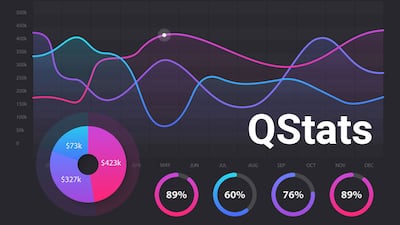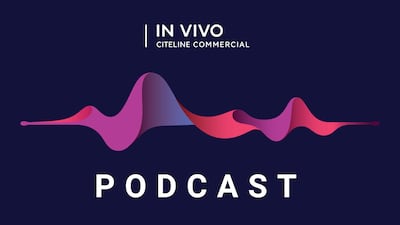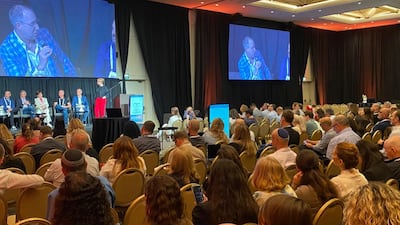The Pfizer Inc. building in Ann Arbor, Michigan, which housed the former Esperion Therapeutics closed its doors more than a year ago as part of a broad corporate restructuring in the wake of Pfizer’s well-publicized torcetrapib disappointment in late 2006. (See "Best Laid Plans: Pfizer’s Torcetrapib Tanks," IN VIVO, December 2006 Also see "Best Laid Plans: Pfizer's Torcetrapib Tanks" - In Vivo, 1 December, 2006..) But in fact Pfizer’s other efforts in raising HDL were already withering —despite the boost from the late-2003 acquisition of Esperion for $1.3 billion, in large part for that company’s good-cholesterol mimetic Apo A-1 Milano (a.k.a. ETC-216). [See Deal] (See "A Recipe for Acquisition: the Esperion Strategy," IN VIVO, January 2004 Also see "A Recipe for Acquisition: the Esperion Strategy" - In Vivo, 1 January, 2004..) Essentially everything that came into Pfizer via Esperion was either shelved from the outset or quietly discontinued before torcetrapib’s demise "for scientific and technical reasons," according to a spokesperson.
So it shouldn’t be a surprise—now that Pfizer is for the first time actively touting an out-partnering strategy—to see Esperion...






